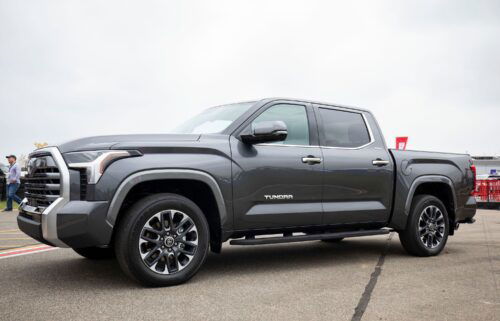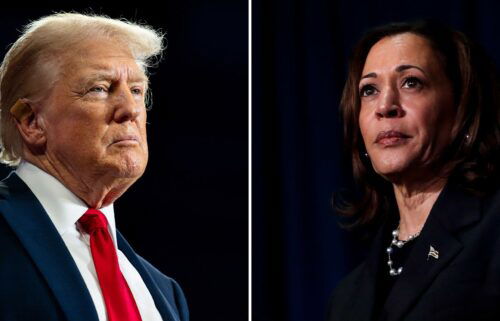It’s ‘Groundhog Day’ for the trade-war-obsessed markets

Every day the alarm clock rings, and the same will-they-get-a-trade-deal-with-China debate grips the markets. The only difference from the 1993 movie Groundhog Day? Bill Murray is not in this movie.
The script goes something like this.
The Trump administration expresses optimism. Stocks go up. Reports come out that the sides are far apart. Stocks wobble. China says a meeting is happening. Stocks go up. Trump says China wants a deal more than he does. Stocks go down. How much longer can this go on?
Time is running out. Tariffs are slated on $156 billion is Chinese-made consumer goods December 15. After 17 months of tariffs borne by American consumers and businesses, some economists worry more tariffs will drag on an US economy that is growing, but not robustly.
Goldman Sachs says the trade war is a 0.5% drag on growth from quarter to quarter. Mark Zandi at Moody’s Analytics says a new round of tariffs could tip the global economy into a recession.
But the president’s trade advisers have long argued that the US economy is strong enough to absorb any hit from tariffs. And not lost on the president’s trade team is a stock market up substantially since the first tariffs were applied in March 2018. In fact, technology stocks are having their best year in a decade, and the Standard and Poor’s 500 is up 24% this year, even as new tariffs have been added.
Two options for Trump
As the clock ticks down, a source familiar with the state-of-play says there are now two options now on the table.
The first option. More tariffs. Because the Chinese reneged on a broad deal in May and if they don’t get a meaningful Phase One deal in October, the President puts new tariffs on Chinese imports in December and lets the current set of tariffs stand, “to defend American workers from Chinese aggression.”
The second option is mini deal the source called “not skinny but anorexic.”
This is what is being sought by both the Chinese and Wall Street. The source says that deal involves more access to Chinese financial markets for Wall Street firms and soybean purchases from China, in exchange for rolling back September’s round of tariffs and not implementing the tariffs scheduled for December.
The president in Austin, Texas yesterday, warned more tariffs are possible and blamed the Chinese, saying they aren’t “stepping up.”
He has twice now offered an olive branch to the Chinese. First, when he delayed a round of tariffs this fall so the Chinese President could preside over the 70th anniversary celebrations of communism in China.
And again when he eventually cancelled October tariffs and announced a deal in principle had been reached with China for a so-called Phase One deal.
The difficulty in getting even a narrow deal — small and symbolic — underscores the difficulty in the relationship.
Adding to the mix of uncertainty, concerns of miscalculation by either side regarding the pro-democracy protests in Hong Kong.
House Speaker Nancy Pelosi signed the Hong Kong Human Rights and Democracy Act, sending a strong message to Chinese leader Xi Jinping, after months of pro-democracy protests in the semi-autonomous region.
Six weeks after the trade breakthrough meant to have a deal signed this week in Chile, a growing number of economists are wondering whether a deal gets done at all this year.
Deutsche Bank’s Jim Reid notes a “small but growing risk as to whether (the deal) gets signed at all.”


